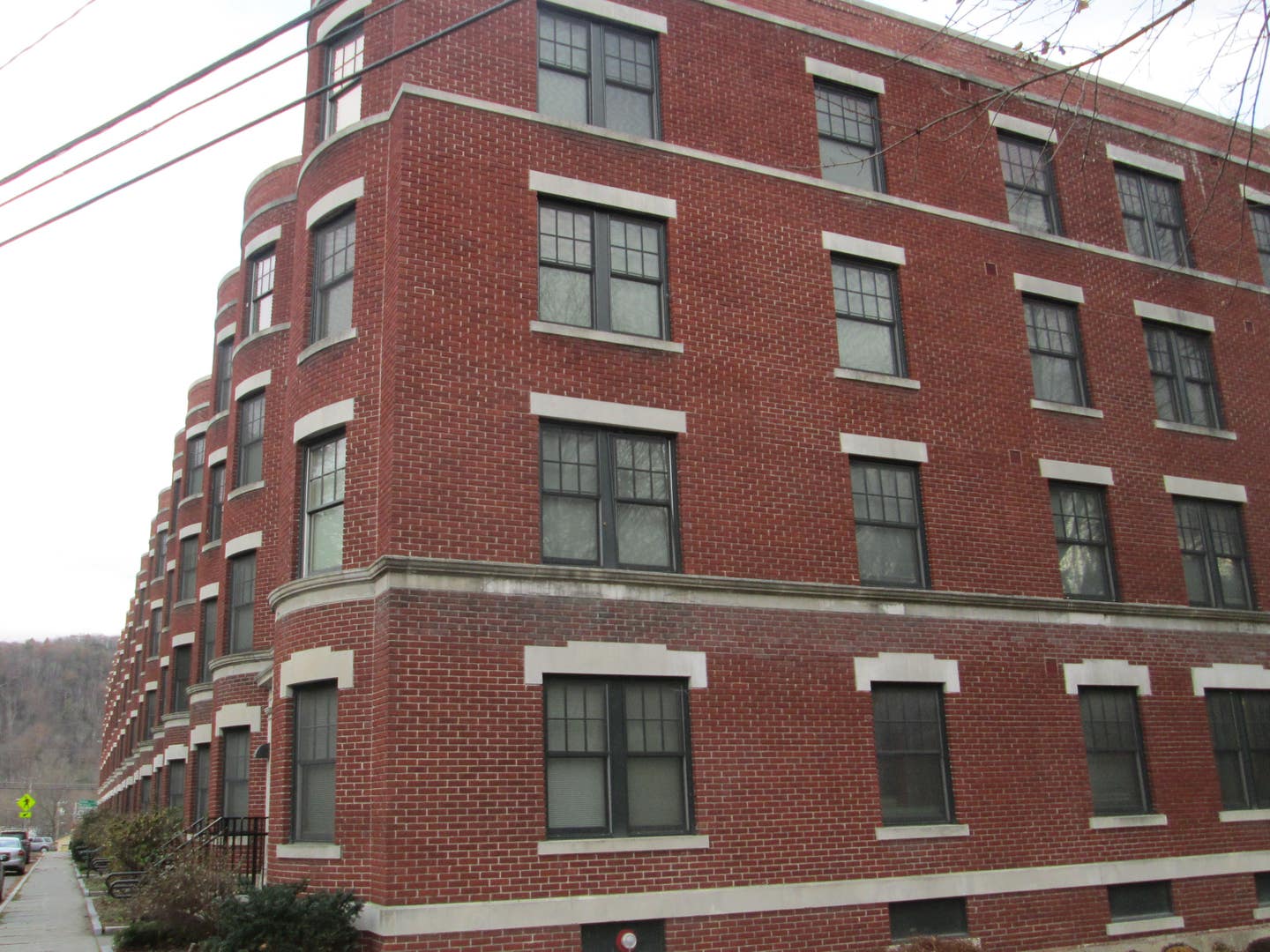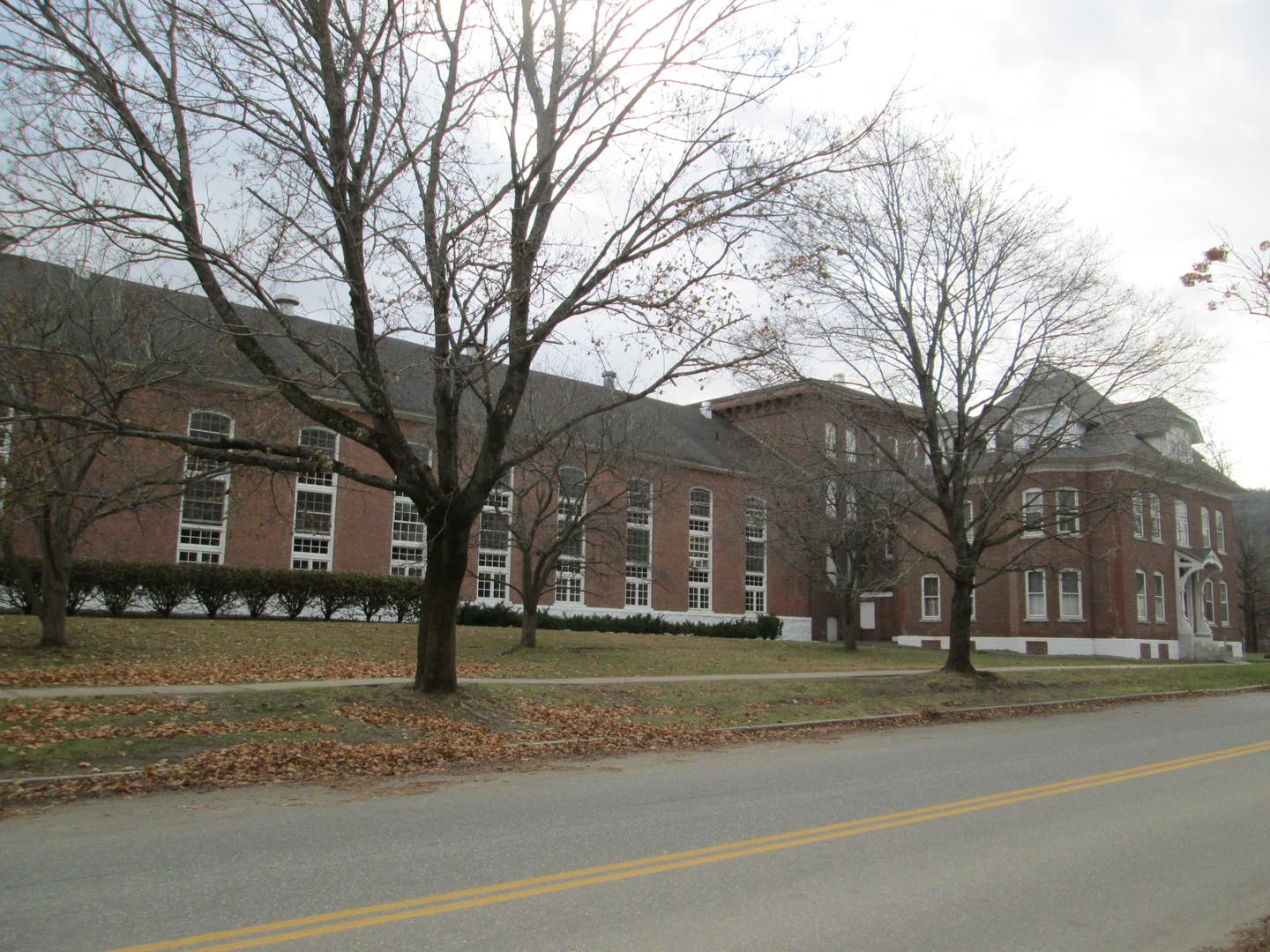
Judy Hayward
Protecting the Historic Preservation Tax Credit (HTC)
I am writing this on November 16, 2017 when the House version of tax reform wiped out the Historic Tax Credit (HTC) program for certified rehabilitations and the Senate Finance Committee’s version protected the 20 percent credit but modified other aspects of the law. That the Senate Finance Committee held on to part of this incentive is a huge step toward preserving the HTC but let’s look at the success of this program first launched in 1978.
I went to the National Trust for Historic Preservation website and used its resources to find data to share with you. Here’s the link: http://forum.savingplaces.org/connect/community-home/librarydocuments/viewdocument?DocumentKey=b48e2f75-8fb1-42bb-92a1-0f200c822300
Some compelling highlights of the social and economic benefits of the HTC include:
* $131 Billion in private investment since the credits inception in 1978.
* As of 2016, 42,293 projects have generated 2.4 million jobs.
* The HTC returns more to the US Treasury than it costs: $1.20-$1.25 for every dollar invested.
* Thirty-four states now have their own tax credits for historic preservation, many working in concert with the Federal incentives.



Tax Credits
Historic Preservation Tax Credits have been an important tool available since I began my career in historic preservation in 1981. The first conference I ever worked on was an educational program about the historic preservation tax credits in Portsmouth, NH, in the early 1980s. I was fresh out of graduate school and working in my first historic preservation job with Portsmouth Advocates. I remember the excitement as building after building began to take advantage of the credits.
I believed with all my heart and all my professional judgment that those credits would transform New Hampshire and Vermont, as well as the whole nation. I felt proud to help owners whenever I could to navigate the rules of rehabilitation and the fine points of tax law. I believed then and still do that the tax credits are the best of governance: priming the pump of economic investment for the private sector, offering a carrot for those willing to play by the rules, and jobs and net gains in tax revenues for government coffers resulting.
The tax credits realized all of these American and nonpartisan goals and more. Today we talk about pedestrian friendliness, sensitive infill construction in historic settings and even urban agriculture. I don’t believe any of this would have happened without the Historic Tax Credits; they demonstrated what could be done with older buildings in small towns and large cities.
I can’t imagine working in historic preservation without this incentive. Can you? Please contact your Congressional delegation today, to save this essential preservation tool.
To help with contacting members of congress, the NTHP has even provided an action email. See http://forum.savingplaces.org/learn/fundamentals/economics/tax-credits/federal-htc.
Judy L. Hayward is executive director of Historic Windsor, Inc., and its Preservation Education Institute based in Windsor, VT. She is also the education director for the Traditional Building Conference Series. Email Judy at jhayward@aimmedia.com.
Judy L. Hayward spends her days pursuing a passion for historic architecture and the ways in which it can be reused to sustain and grow healthy communities. She develops courses in partnership with builders, architects, traditional craftspeople and others to teach both historic preservation and traditional building skills. She has one foot in the nonprofit world as executive director of Historic Windsor and the Preservation Education Institute and the other foot in the world of media and information services as education director for the Traditional Building Conference Series and Online Education Program.






